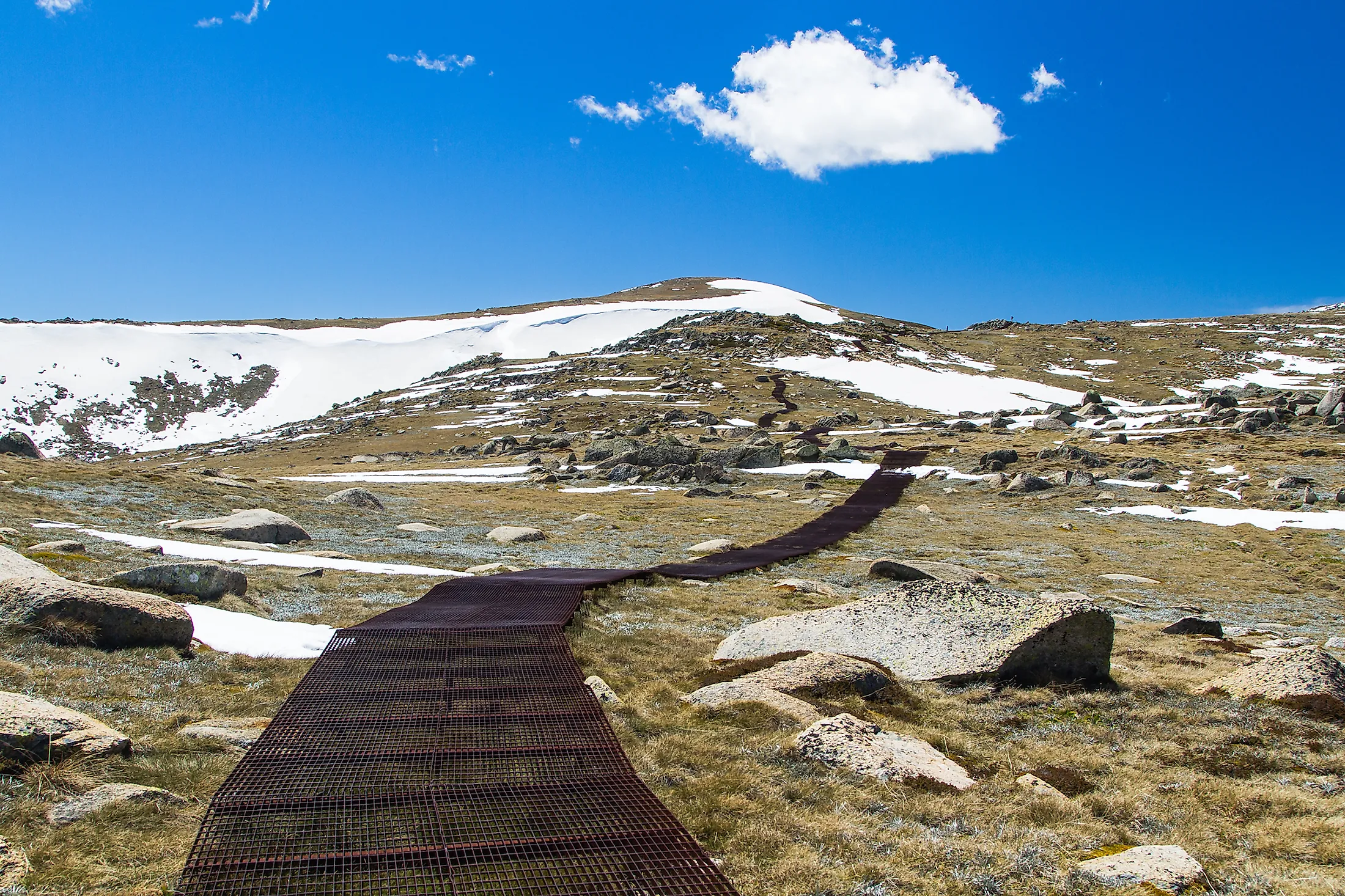
Mount Kosciuszko
Mount Kosciuszko, the tallest mountain in mainland Australia is located in the state of New South Wales in the extreme southeastern part of the country. It is part of the Snowy Mountains Range, and is about 390km southwest of the state capital Sydney and to the west of the Crackenback, adjacent to the town of Jindabyne.
Geography
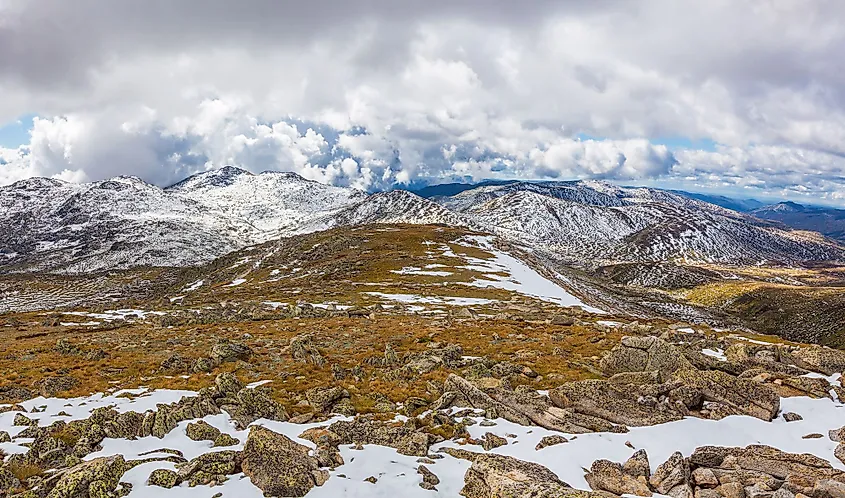
Rising to an elevation of 2,228m, Mount Kosciuszko forms the most prominent feature of the Kosciuszko National Park, which is a part of the Australian Alps National Parks and Reserves. Besides Mount Kosciuszko, some of the other significant peaks in the Kosciuszko National Park include Mount Townsend, Gungartan, Mount Jagungal, Bimberi Peak, etc. As per Bass’s list of peaks, Mount Kosciuszko forms the seventh tallest peak of the Seven Summits of the World. Located at an elevation of 2,048m, about 800m to the south of the summit of Mount Kosciuszko is Lake Cootapatamba, a glacial mountain lake and the highest lake in the Australian mainland.
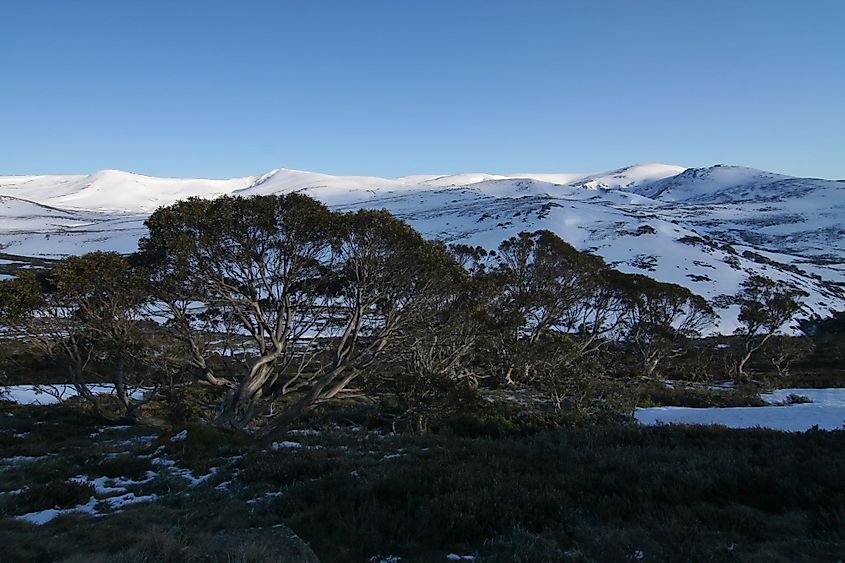
Geological studies have revealed that Mount Kosciuszko and the surrounding Australian Alps were formed by geologic uplift and not by any volcanic activity. Despite being the tallest mountain in the Australian mainland, Mount Kosciuszko is very easy to climb and the walk to its summit is considered the easiest among all the Seven Summits. There are two ways to reach the summit of Mount Kosciuszko. One route begins at the village of Thredbo and the other route begins at Charlotte Pass. There is the Thredbo Kosciuszko Express chairlift that takes the hikers up most of the way from where they have to walk only about 6km to reach the summit. The entire hike can be completed in just 3 to 3.5 hours. More than 100,000 climbers trek to the mountain’s summit every year and approximately 3 million tourists visit the Kosciuszko National Park annually. The mountain peak and its surrounding areas are covered with snow during the winter and spring seasons.
Ecology
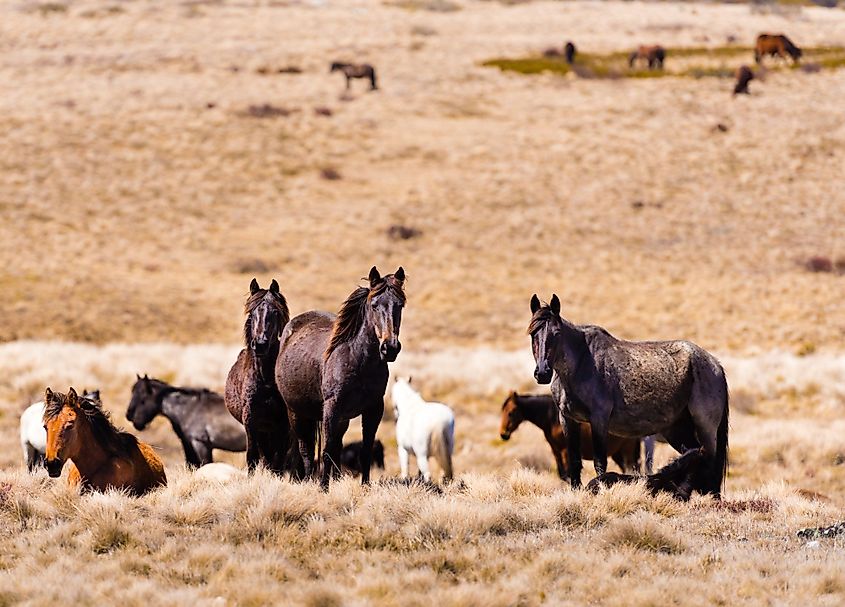
Some of the significant plant species that are found in Mount Kosciuszko include snow gum, Vickery’s grass, Billy buttons, Kosciuszko buttercup, etc. Several types of vegetation like the montane forests, wattle forests, wet and dry sclerophyll forests are found throughout the Kosciuszko National Park. In the higher areas, a fragile belt of alpine heaths, fens, bogs, feldmarks, and herb fields are found. The Park is home to several rare and threatened faunal species including the Corroboree frog and mountain pygmy possums. Other animals like the Dusky antechinus and wild horses are also found in the National Park.
Brief History
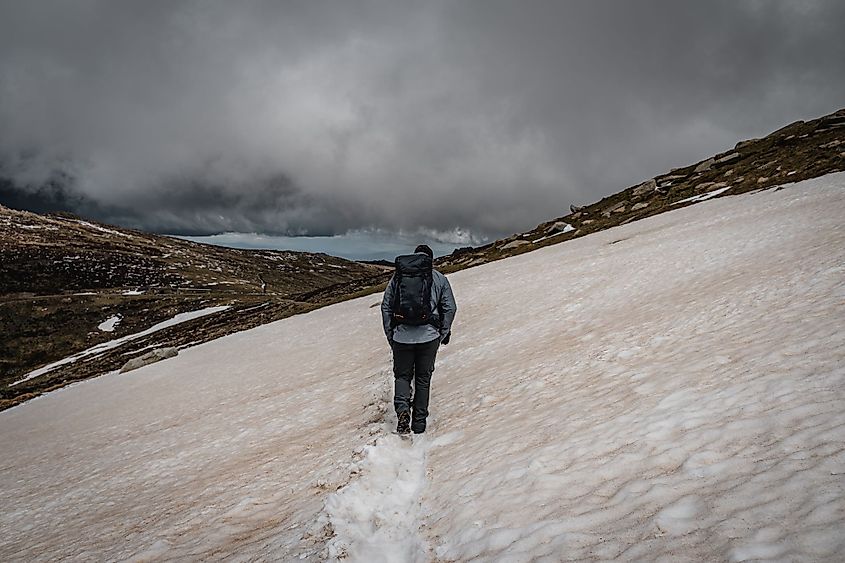
In 1840, the Polish explorer Paul Edmund de Strzelecki along with the Australian pastoralist James Macarthur and two indigenous guides began Strzelecki’s Southern Expedition. After climbing the very challenging Hannel’s Spur Track, Strzelecki reached a high peak which is currently known as Mount Townsend. However, Strzelecki noted that the neighboring peak was slightly higher and he named this higher summit “Mount Kosciuszko” in honor of General Tadeusz Kosciuszko, who was a well-known Polish patriot and democratic leader. On March 12, 1840, Strzelecki alone climbed the summit of Mount Kosciuszko.
A cartographic error in the Victorian maps transposed Mount Kosciuszko to the current position of Mount Townsend. This error was rectified in 1940 by B.T. Dowd, a historian and a cartographer of the Lands Department of New South Wales. He clarified that the mountain named by Strzelecki was indeed “Mount Kosciuszko”, the highest summit in Australia. It is believed that many settlements of aboriginal populations existed in the mountain region for more than 20,000 years. After the European explorers arrived in the region, some European settlements also started growing in the region. In the 19th century, gold mining was carried out on the high plains adjacent to the town of Kiandra. Around 1861, skiing commenced in the region and tourism started to flourish. In 1944, the Kosciuszko State Park was proclaimed which eventually led to the establishment of the Kosciuszko National Park on October 1, 1967.











